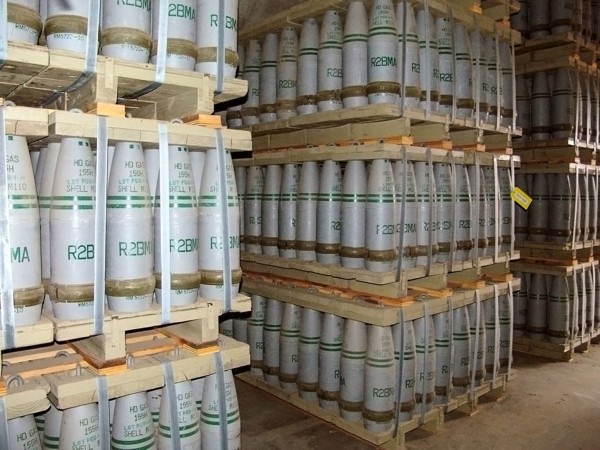Member of our group -- Wojciech Bury -- has just published a paper in the Nature Materials journal. Together with his colleagues from Northwestern University they describe how MOF materials can take part in bringing back peace to the world by destroying phosphorus-containing chemical weapon.
 Wojciech Bury at the Northwestern University campus - photo by Piotr Krupiński |
Joseph E. Mondloch, Michael J. Katz, William C. Isley III, Pritha Ghosh, Peilin Liao, Wojciech Bury, George W. Wagner, Morgan G. Hall, Jared B. DeCoste, Gregory W. Peterson, Randall Q. Snurr, Christopher J. Cramer, Joseph T. Hupp, and Omar K. Farha
Chemical warfare agents containing phosphonate ester bonds are among the most toxic chemicals known to mankind. Recent global military events, such as the conflict and disarmament in Syria, have brought into focus the need to find effective strategies for the rapid destruction of these banned chemicals. Solutions are needed for immediate personal protection (for example, the filtration and catalytic destruction of airborne versions of agents), bulk destruction of chemical weapon stockpiles, protection (via coating) of clothing, equipment and buildings, and containment of agent spills. Solid heterogeneous materials such as modified activated carbon or metal oxides exhibit many desirable characteristics for the destruction of chemical warfare agents. However, low sorptive capacities, low effective active site loadings, deactivation of the active site, slow degradation kinetics, and/or a lack of tailorability offer significant room for improvement in these materials. Here, we report a carefully chosen metal–organic framework (MOF) material featuring high porosity and exceptional chemical stability that is extraordinarily effective for the degradation of nerve agents and their simulants. Experimental and computational evidence points to Lewis-acidic Zr(IV) ions as the active sites and to their superb accessibility as a defining element of their efficacy.
→ View paper on the Nature website
→ Download full-text PDF
→ Read press release from the Northwestern University
→ Read about it on the Science website

Chemical weapons awaiting destruction in a U.S. weapons storage facility - courtesy of U.S. Army